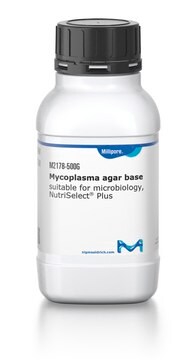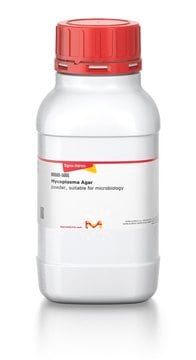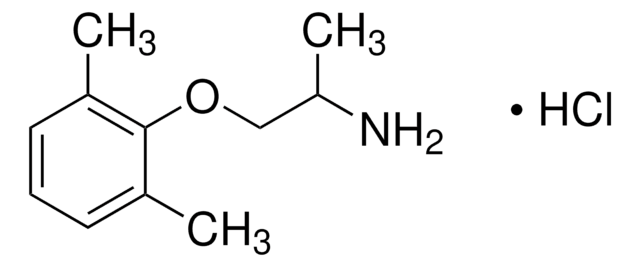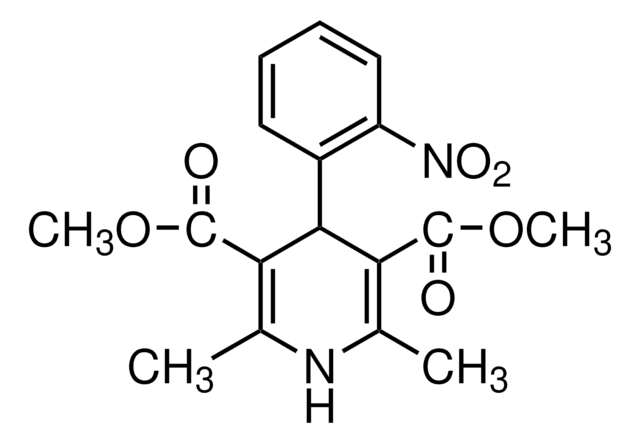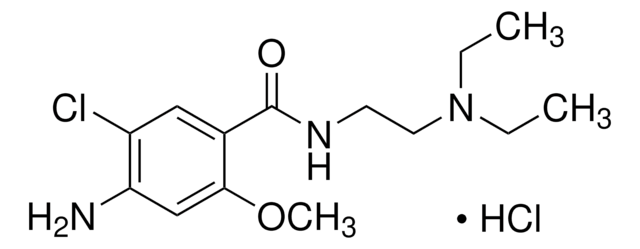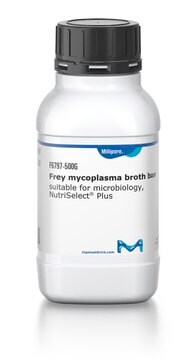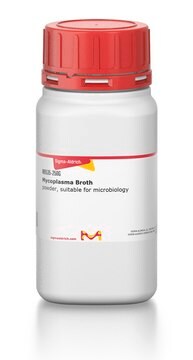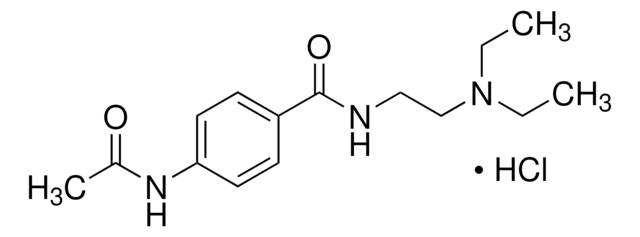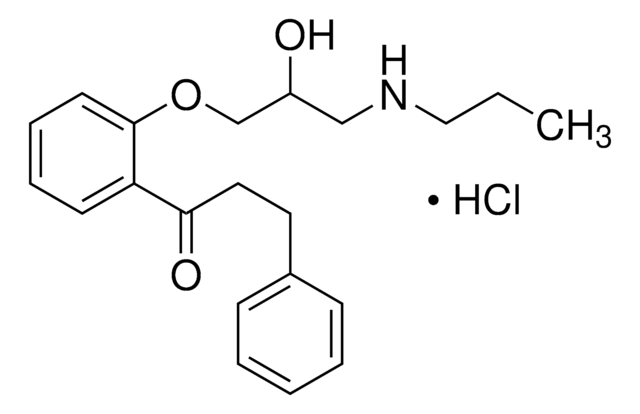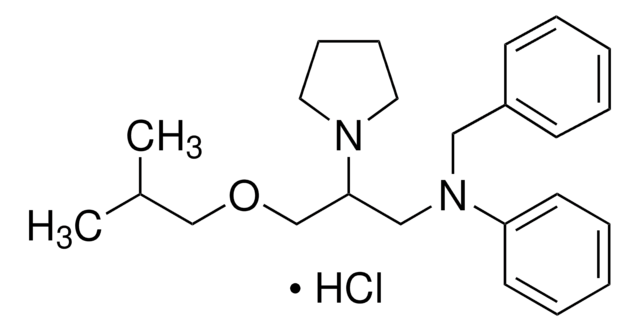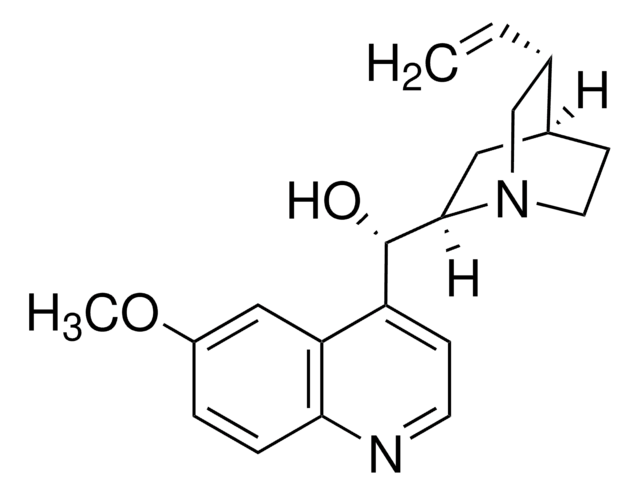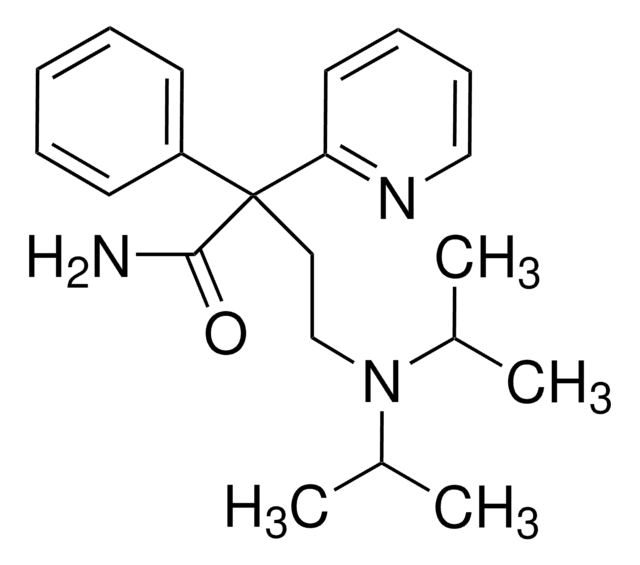M2727
Mexiletine hydrochloride
≥98% (GC), powder, sodium channel blocker
Sinonimo/i:
1-(2,6-Dimethylphenoxy)-2-propanamine hydrochloride, 1-(2,6-Xylyloxy)-2-aminopropane hydrochloride
About This Item
Prodotti consigliati
Nome del prodotto
Mexiletine hydrochloride, powder
Saggio
≥98% (GC)
Livello qualitativo
Stato
powder
Colore
white to off-white
Solubilità
methanol: 50 mg/mL
Ideatore
Boehringer Ingelheim
Temperatura di conservazione
2-8°C
Stringa SMILE
Cl[H].CC(N)COc1c(C)cccc1C
InChI
1S/C11H17NO.ClH/c1-8-5-4-6-9(2)11(8)13-7-10(3)12;/h4-6,10H,7,12H2,1-3H3;1H
NFEIBWMZVIVJLQ-UHFFFAOYSA-N
Informazioni sul gene
human ... SCN10A(6336) , SCN11A(11280) , SCN1A(6323) , SCN2A(6326) , SCN3A(6328) , SCN4A(6329) , SCN5A(6331) , SCN7A(6332) , SCN8A(6334) , SCN9A(6335)
Cerchi prodotti simili? Visita Guida al confronto tra prodotti
Descrizione generale
Applicazioni
- expressed in chinese hamster ovary cells
- in human embryonic kidney (HEK) cells for whole cell patch-clamp studies
- electrophysiology studies in HEK cells expressing Nav1.7 protein
Azioni biochim/fisiol
Caratteristiche e vantaggi
Avvertenze
Warning
Indicazioni di pericolo
Consigli di prudenza
Classi di pericolo
Acute Tox. 4 Oral
Codice della classe di stoccaggio
11 - Combustible Solids
Classe di pericolosità dell'acqua (WGK)
WGK 3
Punto d’infiammabilità (°F)
Not applicable
Punto d’infiammabilità (°C)
Not applicable
Scegli una delle versioni più recenti:
Possiedi già questo prodotto?
I documenti relativi ai prodotti acquistati recentemente sono disponibili nell’Archivio dei documenti.
I clienti hanno visto anche
Il team dei nostri ricercatori vanta grande esperienza in tutte le aree della ricerca quali Life Science, scienza dei materiali, sintesi chimica, cromatografia, discipline analitiche, ecc..
Contatta l'Assistenza Tecnica.